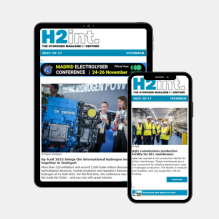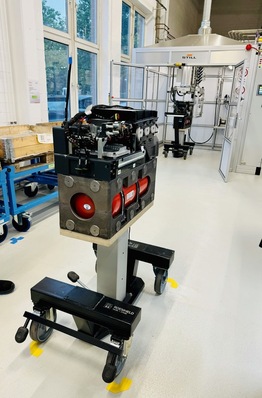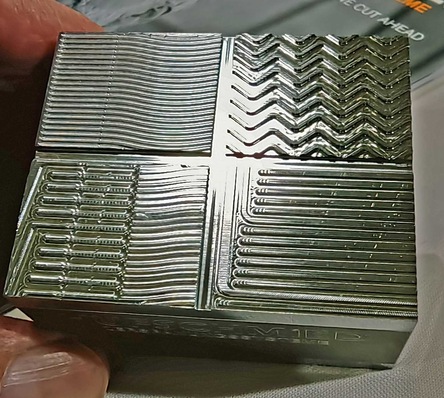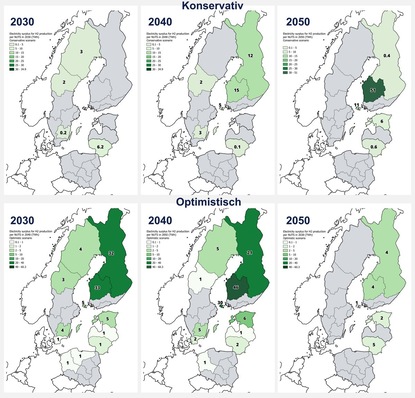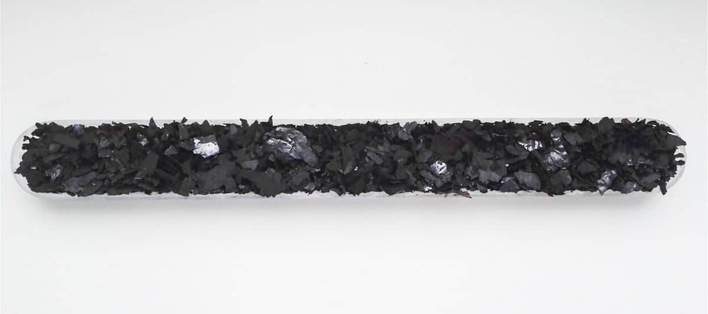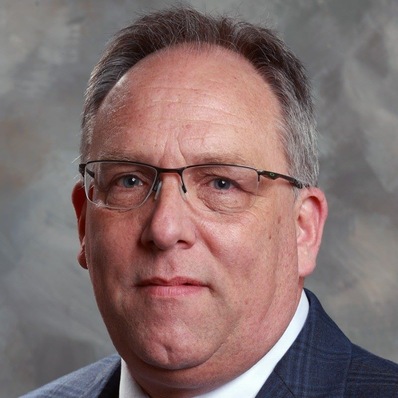Dr. Sopna Sury, Chair of the Board of Directors of the European hydrogen association Hydrogen Europe, presented her view of the current political situation in Potsdam and emphatically stated that now is the time to act. She said: "Please don't let the next few months pass. The time for PowerPoint is over, now is the time for concrete action."
She also called for an "end to the rainbow", i.e. an end to the H2 color theory. Instead of arguing about the suitability of blue or red hydrogen, Hydrogen Europe advocates the introduction of a CO2 footprint for hydrogen so that it is clear how harmful the respective H2 atoms are to the climate.
"Collaboration is needed: with Europe, between politics and industry, between the federal and state governments. Hydrogen is team play."
Former Brandenburg Economics Minister Jörg Steinbach also appealed to the industry to "invest in risk". As some of the CO2 certificates will be withdrawn from the market in the future, it is foreseeable that the prices for fossil fuels will rise, said the minister, whose last official event for the time being was this Hydrogen Day, as the state parliament will be reconstituted after the elections.
Criticism of the H2 core network

Klaus Müller, President of the Federal Network Agency
Jörg Steinbach and Klaus Müller (see Fig. 2) had to put up with significant criticism for the planned hydrogen core network. Some stakeholders voiced their displeasure that the originally planned route of the doing-hydrogen pipeline between Rostock and Thuringia was not part of the "H2 highway network" from the outset (see p. 16).
Both Steinbach and Müller explained why this section was not considered, stating that the line "could not be presented economically". This was countered by the fact that there would now be a huge blank spot on the map to the west of Berlin, cutting off an entire region from potential H2 projects - despite the abundance of renewable energy available.



